On December 28, Israeli tanks pushed deep into Bureij in the central Gaza Strip, causing widespread displacement among an estimated 50,000 families following heavy bombardment.
A Palestinian journalist shared photos that captured Israeli armor near a mosque, suggesting the tanks had penetrated built-up areas of Bureij, possibly from nearby orchards in the east.
Israeli forces launched an attack near a hospital in Khan Younis, the primary city in southern Gaza Strip, causing concern among residents about a potential ground offensive in an area heavily populated with families who have been displaced due to 12 weeks of conflict.
The Palestinian health authorities reported that 210 additional individuals lost their lives due to the Israeli airstrikes that took place within the past 24 hours, bringing the overall number of Palestinian casualties in this conflict to a staggering 21,320. This figure accounts for nearly one percent of Gaza’s entire population. Moreover, there is a grave concern that numerous other individuals might be either trapped under the debris or remain unaccounted for among the ruins.
Israel intensified its ground offensive despite public appeals. The war aims to eliminate militant Hamas, which controls Gaza. The conflict started with a deadly cross-border raid on October 7 and has resulted in 1,200 casualties and over 200 abductions. During a brief ceasefire in late November, 110 hostages were released, and an additional 23 are now presumed deceased, according to an Israeli government spokesperson’s recent statement.
The intense fighting is currently concentrated in central regions south of the wetlands that divide the thin coastal strip, where Israeli troops have been ordering residents to evacuate as their tanks advance.
Masses of displaced people from the heavily populated Nusseirat, Bureij, and Maghazi districts are migrating southward or westward towards the already congested city of Deir al-Balah along the Mediterranean shore, where they are congregating in quickly constructed camps composed of temporary shelters.
“Over 150,000 people, including young children, women carrying babies, people with disabilities, and the elderly, have been displaced and left without shelter,” stated the UNRWA, the primary UN organization operating in Gaza, in a social media post.
On Thursday morning, the eastern section of Bureij became a battleground as Israeli tanks rolled in and fierce combat ensued between residents and militants, according to eyewitness accounts.
“I never wished for this moment to come, but it seems inevitable,” said Omar, 60, who, along with at least 35 family members, has been compelled to flee their home due to the intense fighting in the eastern part of Bureij.
He told Reuters by phone, requesting anonymity out of fear of reprisals, “We are now taking shelter in a tent in Deir al-Balah because of this brutal Israeli war.” Meanwhile, Yamen Hamad, who has been living in a school in Deir al-Balah since fleeing his home in the north, reported that the newly displaced people from Bureij and Nusseirat were setting up tents wherever there is open ground.
With food supplies quickly diminishing, Hamad took the risk of traveling to Rafah, near the Egyptian border, to purchase a large 25-kilogram (55-pound) sack of flour for his family’s needs.
Fighting near hospital in Khan Younis. Israeli forces struck the area around a hospital, causing fear of a new ground push into the territory. Casualties reported; hospitals overwhelmed.
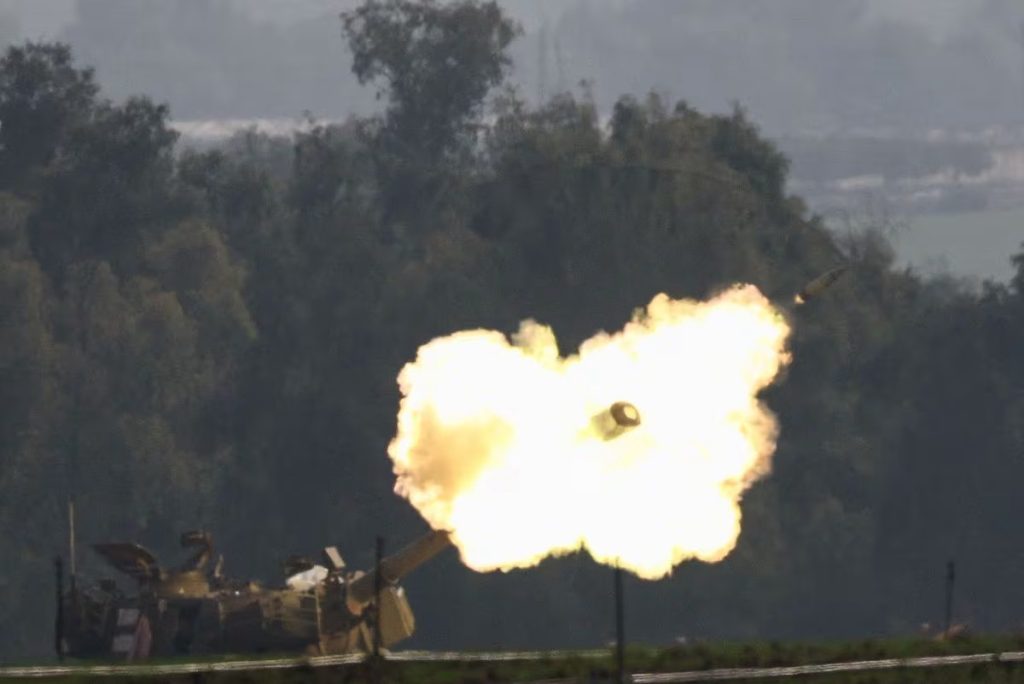
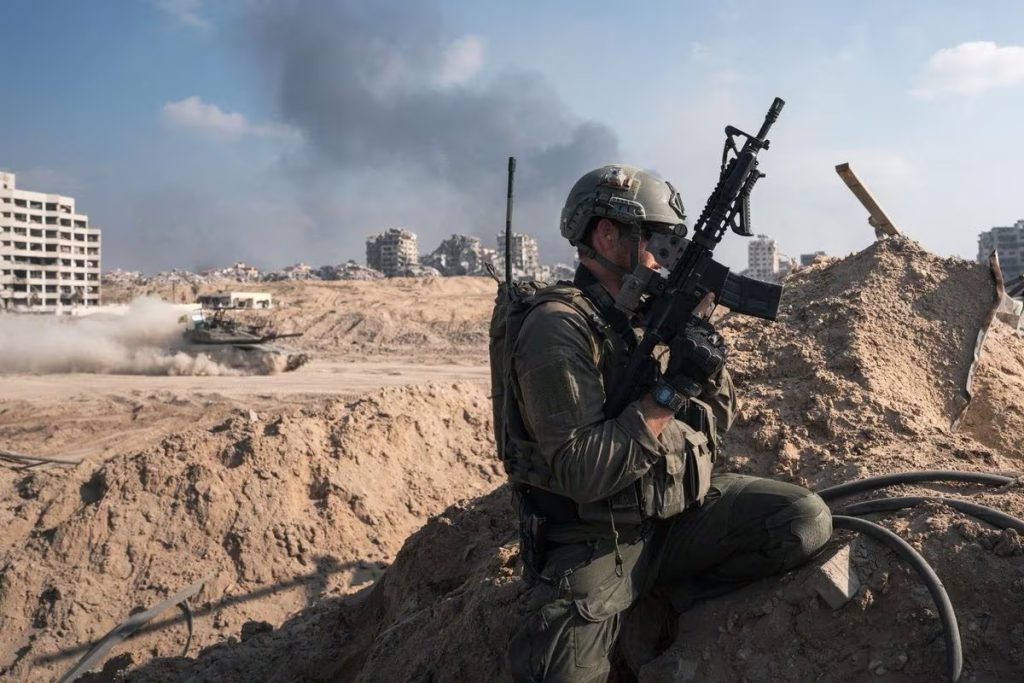

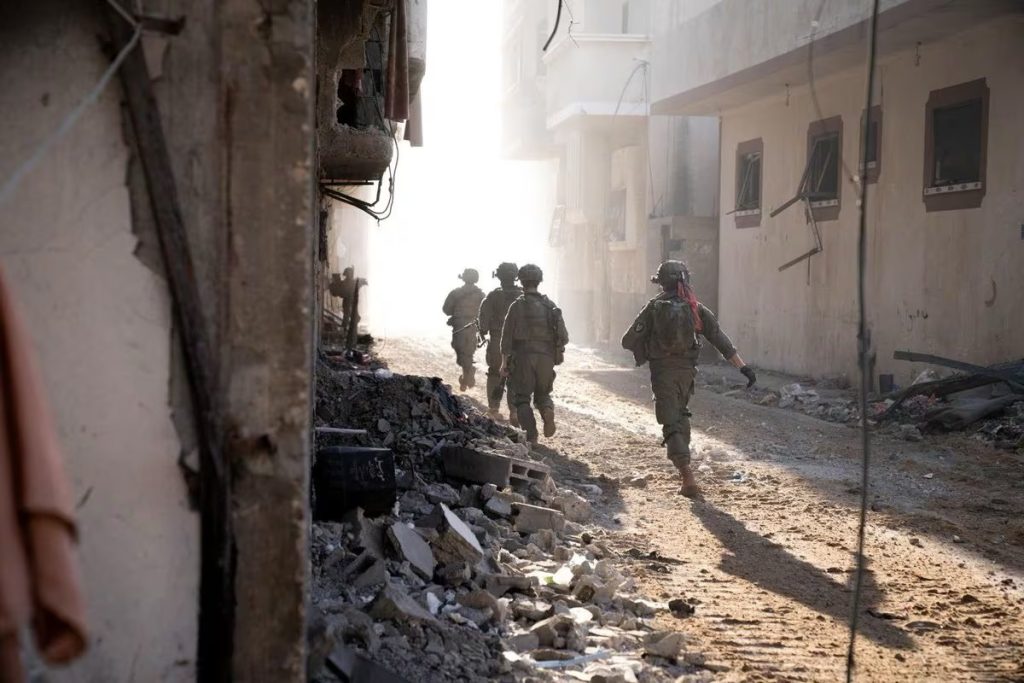
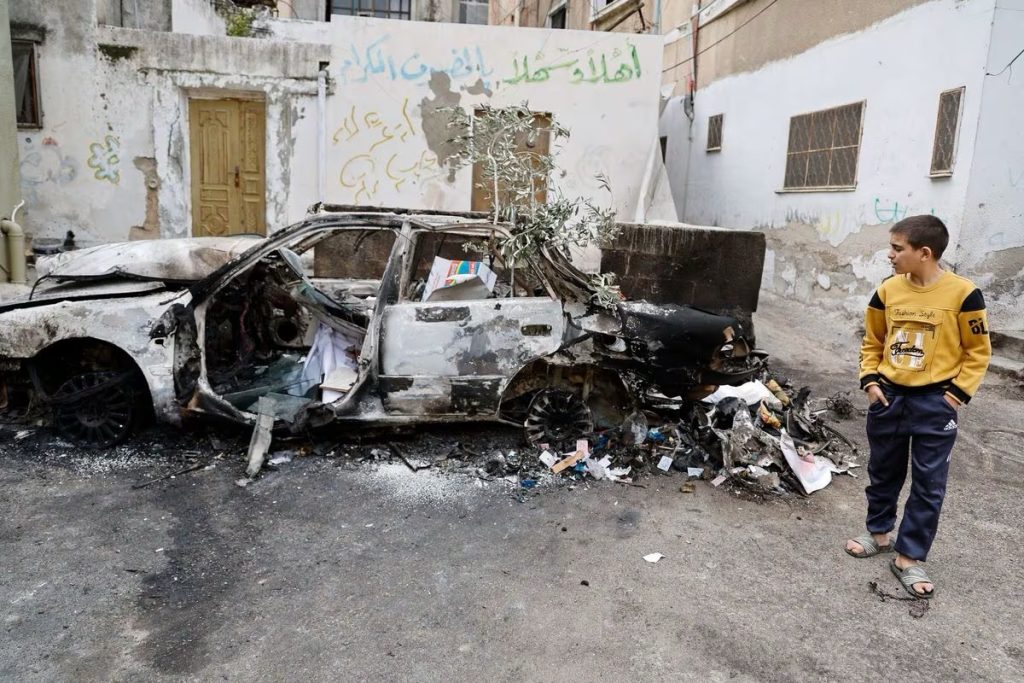
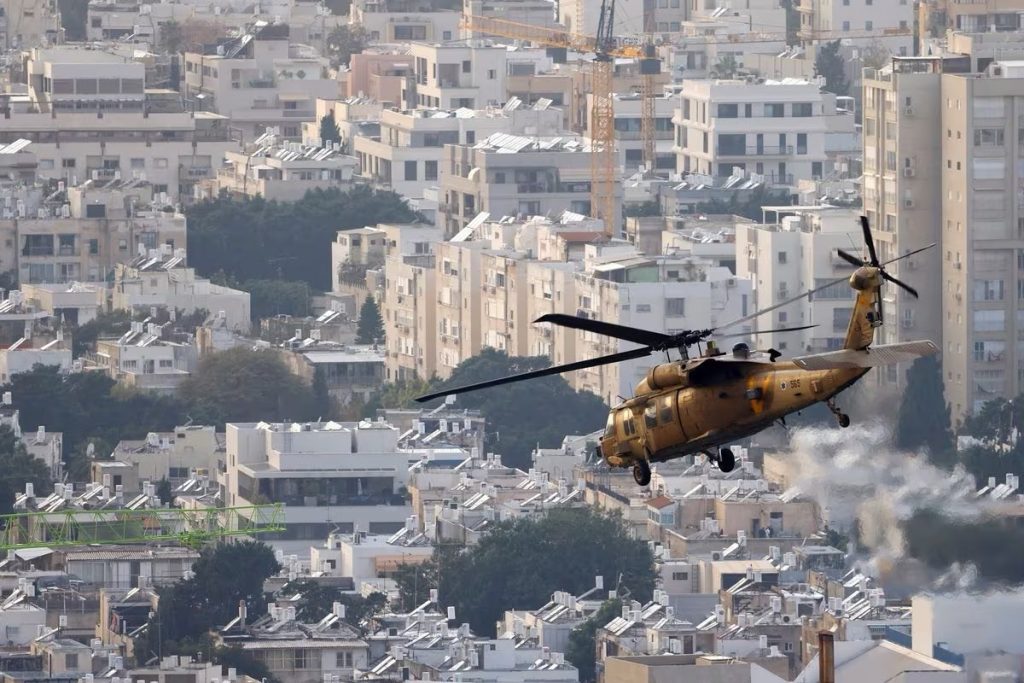
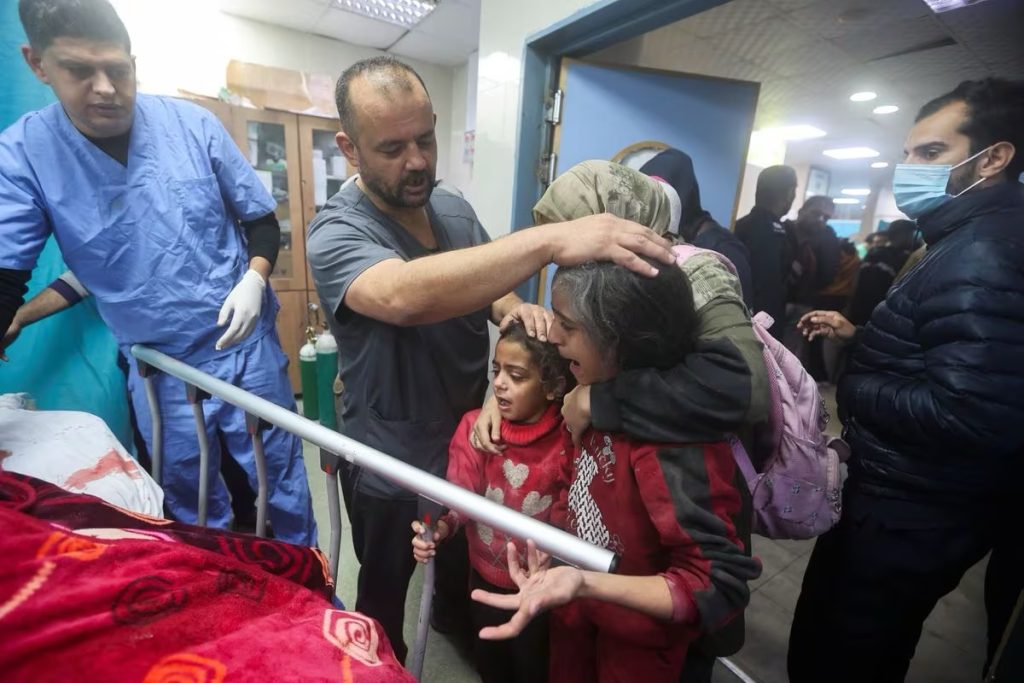
“People gather around the bedside of a Palestinian wounded in an Israeli strike at a hospital in Khan Younis, Gaza Strip, as the conflict between Israel and Hamas continues to escalate on December 28, 2023.”





Israeli forces heavily bombarded Khan Younis on Thursday morning, targeting areas near the al-Amal hospital and the Palestinian Red Crescent headquarters. The Red Crescent reported 10 deaths and 12 injuries from a single bombardment, the third attack in the area in under an hour. Residents believe Israel is attempting to provoke a mass exodus in preparation for a potential further ground assault.
At Nasser Hospital in Khan Younis, the primary and largest functioning medical center in Gaza, the aftermath of the violence was evident as women and children wailed in distress while medics attempted to save those injured, including a toddler who tragically succumbed to his wounds as a doctor solemnly signaled his death. Simultaneously, Israel announced the loss of three more soldiers, raising its total fatalities during the ongoing ground offensive to 169, marking one of the most devastating weeks for Israel in terms of military casualties thus far in the conflict.
The Israeli military expressed regret for the unintended harm caused to civilians in a recent airstrike on the Maghazi refugee camp, which resulted in numerous casualties. According to the Palestinian health ministry, 70 people lost their lives in the attack.
The Israeli military stated that the airstrike targeted two areas in close proximity to Hamas militants; however, adjacent buildings were also hit, leading to further unintended harm. An investigation into the incident is ongoing, and the Israeli military vowed to draw conclusions and learn lessons.
The attack has sparked widespread condemnation, including from the Palestinian health ministry, which characterized it as a massacre in a densely populated area. The US President Joe Biden also expressed concern about the use of indiscriminate bombing and urged Israel to shift towards a more targeted approach focused on Hamas leaders.
Egypt, attempting to mediate the conflict, presented a three-stage plan to end the violence and is awaiting responses from both sides. Israel maintains that its ground campaign will continue until Hamas is completely eradicated to ensure its security and release captives. However, Palestinians argue that eliminating Hamas is impossible due to its decentralized organization and firm establishment in the region, which it has controlled since 2007.











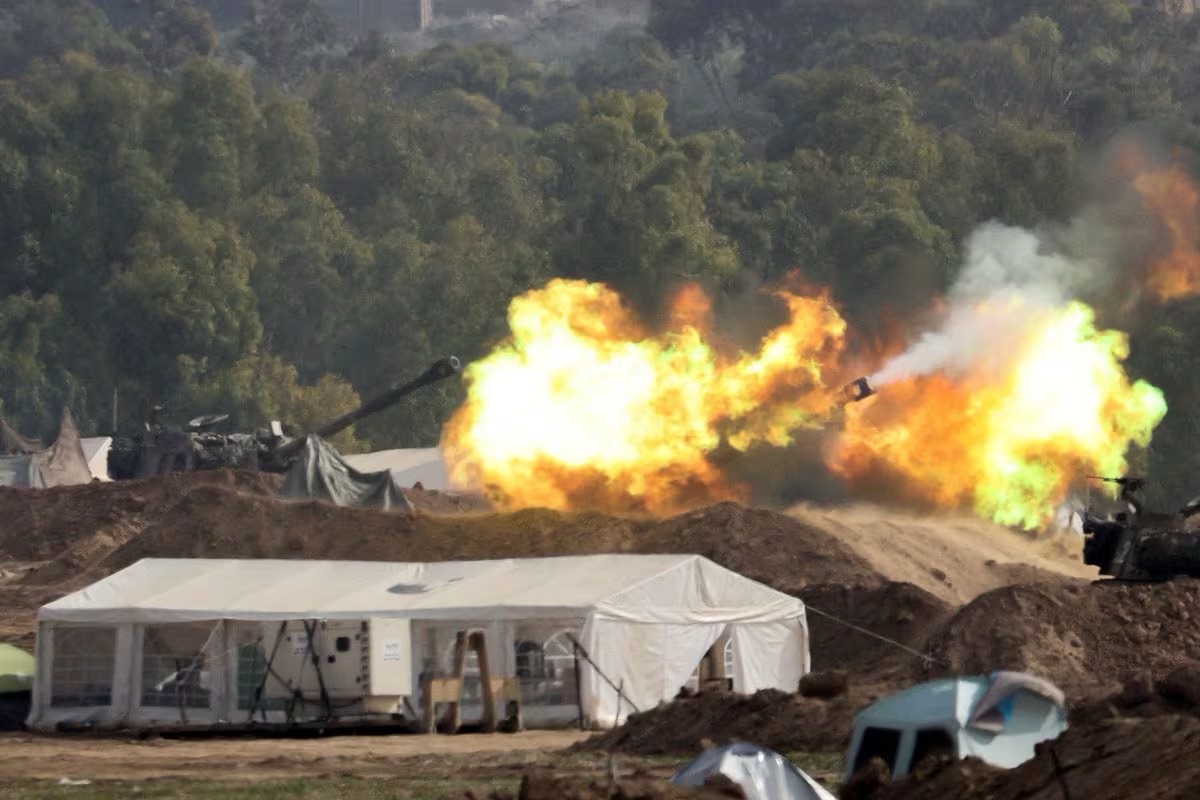



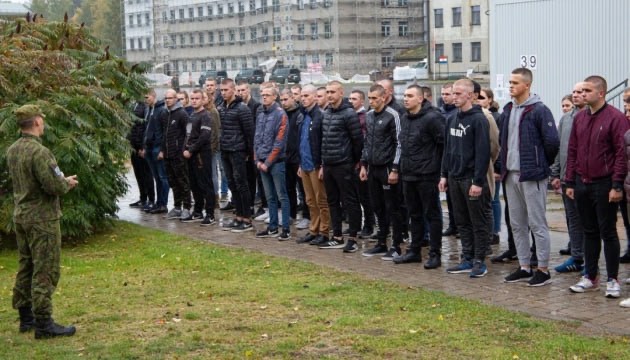

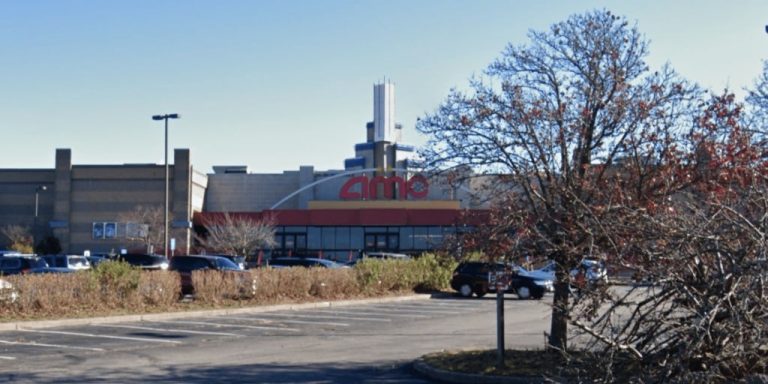







+ There are no comments
Add yours